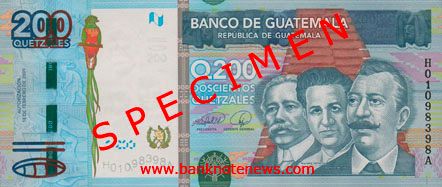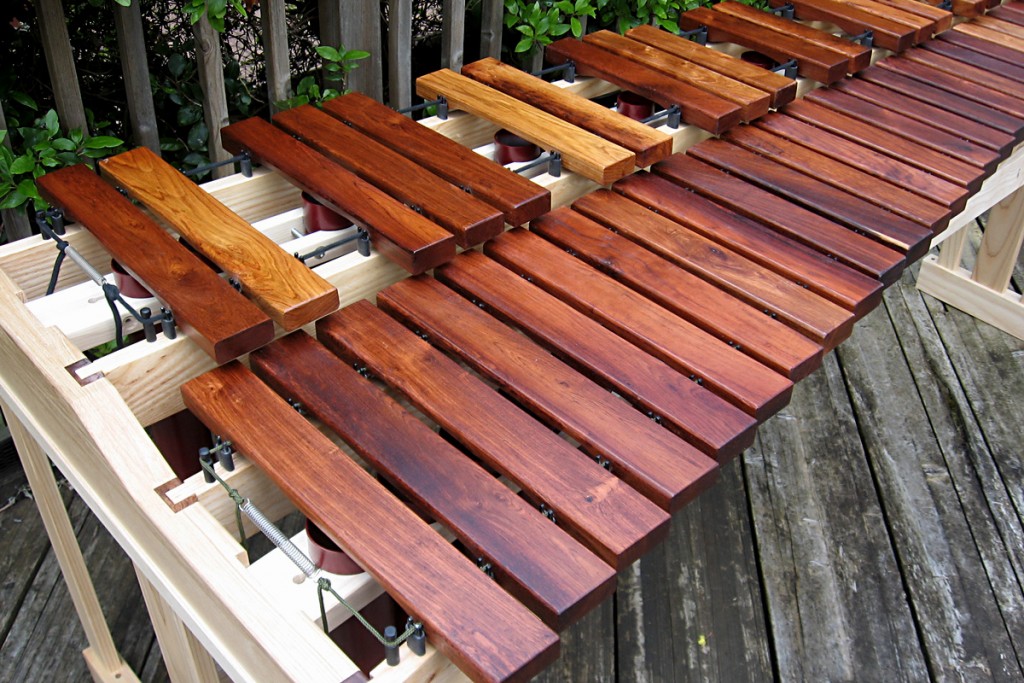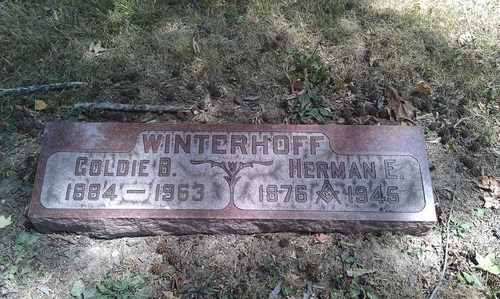In the last post we saw how "undercutting" marimba/xylophone bars opens the door to harmonic tuning -- forcing the audible overtones to align with a pitch in the harmonic series (of whatever the fundamental pitch of the bar happens to be).
It's possible that the technology of undercutting (i.e. deepening the pitch of a bar by cutting a notch in it) is pretty much universal in all musical cultures that have developed wooden bar percussion instruments. It is extremely useful for two main reasons -- 1) it makes deep-pitched bars shorter, hence instruments are smaller, lighter, more portable. And 2) it makes it much easier to tune a bar to a precise pitch. Without undercutting, a bar has to be exactly the right length (given its thickness, density,etc) to give a particular pitch. Undercutting puts an extra weapon into the tuner's hand -- if a bar is flat to the desired pitch, cut it shorter; if it's sharp, scoop out material from the middle. In practice makers soon discover that it is easier to cut all the bars so they are sharp to the desired pitch, and then approach the pitch incrementally by shaving the scoop and checking from time to time.
Accurate tuning is by no means just a modern concern -- Mandinka balafon makers tune their instruments to an equidistant heptatonic scale and may have been following this tradition for 800 years -- but harmonic tuning was as far as we know not pursued by anybody until the 1920s, when it was introduced by -- well, by whom, exactly?
I guess I've given away the answer in the title of the post ... well, maybe not THE answer, but a possible answer.




